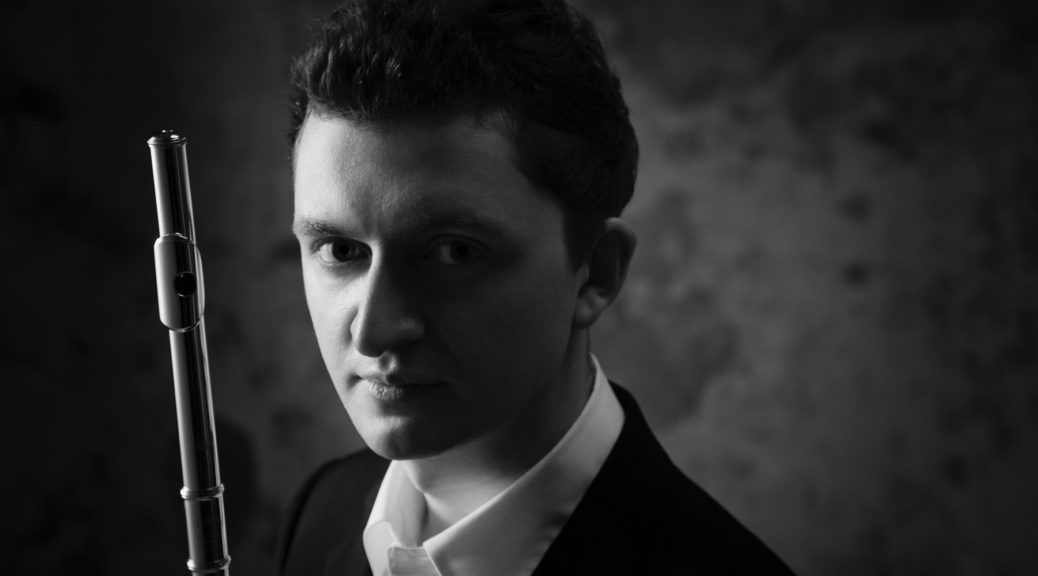
SAN JOSE & PREMIERE LOOK TO THE SOUTH
Eureka, an orchestra changing its spots, reverting to earlier ones traced back to the 1880s! Symphony Silicon Valley is renaming itself the Symphony San Jose, just inches short of that oldest West Coast orchestra known as the San Jose Symphony.
Loyalty to this orchestra is formidable. Today you still see many principals playing who were in the earlier SJS incarnation in the 1990s, among them concertmaster Robin Mayforth, percussionist Galen Lemmon, trumpeter James Dooley, clarinetist Michael Corner, bassoonist Deborah Kramer, oboist Pamela Hakl and harpist Dan Levitan. Very few orchestras in America can match that stratum of musical loyalty. They are there not because of seniority but because they help make up one high-quality orchestra despite, over its 20 seasons, never having had a music director nor sought one.
Clearly, it’s time for the League of American Orchestras to launch studies for the benefit of all its members: Just what makes San Jose tick with its unique persona, personnel and philosophy.
With the orchestra back home again Oct. 2 at the California Theater after a year and a half of exclusion due to Covid19, there were plaudits and superlatives, voiced by the mayor and others.
The night’s great surprise was the principal flutist of the L.A. Philharmonic, Crimean-born Denis Bouriakov in his guest appearance. If he was impressive enough as the soloist in Gabriela Ortiz’s new work, he overwhelmed musical lovers in the hall with the Largo e Dolce slow movement of J.S. Bach’s Flute Sonata No. 1, BWV 1030, played unaccompanied. In this encore his tones glowed and flowed about the hall, like honey dripping from a beehive. The power was unassailable. If this attractive thirtysomething player were the Pied Piper, I’d fall right in behind him, come what may.
His nimble rapid work and broad range were more evident in the night’s world premiere, a tone poem called “D’Colonial Californiano” by the well-established Mexican composer Gabriela Ortiz, 56, a four-movement opus also called a flute concerto. The piece is a broad excursion over the Latino influence in California, both past and present. The flutist’s opening imitates bird-calls, like a wake-up call to our grand state, leading into “Igor in L.A.,” recalling Stravinsky’s profound 20th-century impact. The flute’s virtuosic will-o’-the-wisp flights invite entries of the orchestra’s flutes and piccolo, further punctuated by glockenspiel and harp.
Ensuing sections “Morisco Ornaments” and “Taco Bell” (orchestral bells, not tacos!) delve into mariachi bands en route to a rousing finale inspired by Mexico City. Ortiz offers many changes of meter, perhaps to reflect our diversity, as well as bursts of brass and pounding timpani. It concludes with a hurricane of a wild dance, tidal-wave effects, and the flute speeding on all cylinders toward an ethereal fadeout.
The 18-minute concerto was effective, topical, and well-received. Mexico City composer Ortiz appeared to share in the bows.
San Jose’s guest conductor was one of the nation’s best-known female podium figures, JoAnn Falletta from the Buffalo Philharmonic. Sounding tentative leading excerpts of “Midsummer Night’s Dream” by Mendelssohn, where I could never have followed her vague baton work, she later brought off a resounding Symphony No. 9 (“From the New World”) by Dvorak, full of drama, gusto, and stunning accents, marred only by letting some of the brass run wild in the first movement. There the orchestra showed its true colors, a dynamic, responsive ensemble fully able to match all the hurdles placed before them by the composer.
The beloved hit number here is the slow movement with the spiritual-like theme (later in a vocal adaptation dubbed “Goin’ Home”), rendered with exquisite poise by English hornist Patricia E. Mitchell.
Among other agreeable/memorable musical moments were the horn section under principal Meredith Brown, the sonorous strings including violas, and an amazing woodwind ensemble, which is arguably the backbone of the current SSJ.
Augmenting the orchestra’s impact was the addition of multiple cameras allowing live musician closeups, played out on two color screens of about 60 square feet each—an electronic supplement I’ve yet to see other orchestras attempt. Some patrons quizzed at the Oct. 2 season opener reacted quite favorably.
MUSIC NOTES—-While composer Ortiz focused on Latino traditions in California and parts south, both before and after our statehood, she also paid homage to American composers Charles Ives and Stravinsky. Her premiere was intended with flutist Marisa Canales front and center, but an injury forced withdrawal in favor of Bouriakov.
SEASON-OPENING CONCERTS Oct. 2-3 at the California Theater, San Jose, by the Symphony San Jose, the renamed Symphony Silicon Valley. Guest conductor JoAnn Falletta leading works of Ortiz (premiere), Mendelssohn, Dvorak. For further info on the Symphony: (408) 286-2600, or go online: www.symphonysiliconvalley.org.
One thought on “SAN JOSE & PREMIERE LOOK TO THE SOUTH”
Comments are closed.